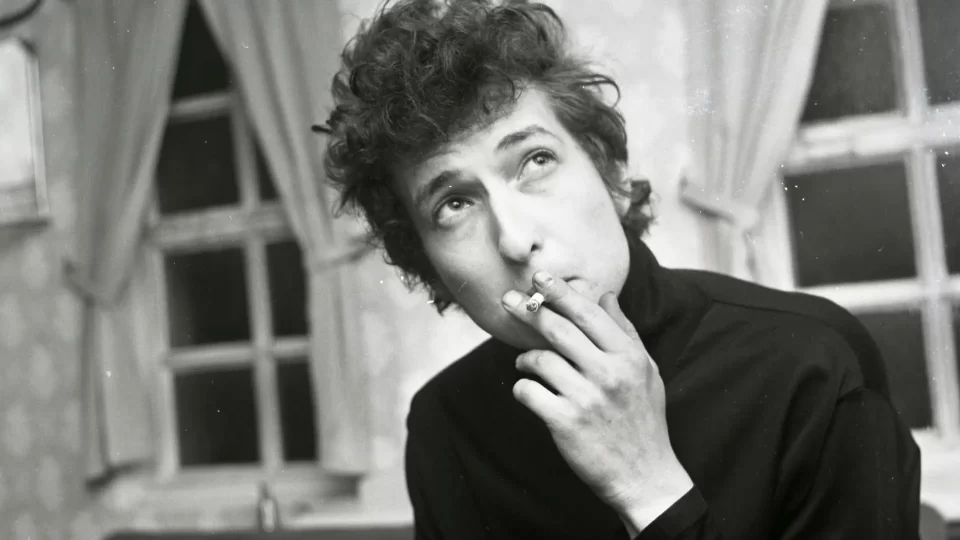Bob Dylan is an American singer-songwriter, musician, and poet who is widely regarded as one of the greatest and most influential figures in popular music. He was born on May 24, 1941, in Duluth, Minnesota, and his birth name is Robert Allen Zimmerman.
Dylan rose to prominence in the 1960s during the folk revival, and his songs became anthems for the civil rights and anti-war movements. He is known for his distinctive voice, poetic lyrics, and his ability to merge various musical genres, including folk, rock, blues, and country.
Some of Dylan’s most famous songs include “Blowin’ in the Wind,” “The Times They Are a-Changin’,” “Like a Rolling Stone,” “Mr. Tambourine Man,” and “Knockin’ on Heaven’s Door.” He has released numerous critically acclaimed albums throughout his career and has received numerous awards, including the Nobel Prize in Literature in 2016. Here are the best Bob Dylan songs of the 60s.
Dylan’s contributions to music and songwriting have profoundly impacted popular culture, and he continues to perform and create music to this day. His career spans over six decades, and he remains an influential and iconic figure in the world of music.
If you want to know more about this iconic figure, you should definitely check out the best Bob Dylan documentaries.
Bob Dylan`s albums?
Here’s a brief description of Bob Dylan’s top five albums, which have had a significant impact on music and continue to be cherished by fans:
“Highway 61 Revisited” (1965)
Considered one of Dylan’s greatest achievements, this album showcases his transition from acoustic folk to electric rock. It features the iconic song “Like a Rolling Stone,” which is often hailed as one of the greatest rock songs ever recorded. “Highway 61 Revisited” is a blend of electrifying rock instrumentation, vivid storytelling, and thought-provoking lyrics that cemented Dylan’s status as a musical trailblazer.
“Blonde on Blonde” (1966)
This double album is a masterpiece of poetic songwriting and musical experimentation. It incorporates elements of rock, folk, blues, and even hints of country. With tracks like “Rainy Day Women #12 & 35,” “Just Like a Woman,” and “Visions of Johanna,” Dylan’s lyrical prowess shines through, capturing the essence of his enigmatic persona and the turbulent times of the 1960s.
“Blood on the Tracks” (1975)
Considered one of Dylan’s most personal and introspective works, this album delves into themes of love, heartbreak, and self-reflection. The songs are deeply emotional, and Dylan’s raw and vulnerable delivery resonates with listeners. Tracks like “Tangled Up in Blue” and “Simple Twist of Fate” showcase his ability to convey complex emotions through his lyrics and evocative melodies.
“Bringing It All Back Home” (1965)
This album marks Dylan’s transition from purely acoustic folk music to a fusion of folk and rock. It features both electric and acoustic tracks, displaying Dylan’s versatility as an artist. The album includes classics like “Subterranean Homesick Blues” and “Mr. Tambourine Man,” combining socially conscious lyrics with captivating melodies.
“The Freewheelin’ Bob Dylan” (1963)
This album established Dylan as a voice of his generation and set the stage for his subsequent releases. It contains a mix of protest songs, love ballads, and introspective tracks, showcasing Dylan’s lyrical prowess and ability to capture the spirit of the early 1960s. Notable songs include “Blowin’ in the Wind” and “A Hard Rain’s A-Gonna Fall,” which became anthems for the civil rights and anti-war movements.
These five albums represent different phases of Bob Dylan’s illustrious career, each capturing his evolution as an artist and his ability to push boundaries within the realm of music. They continue to be celebrated for their artistic significance and timeless appeal, solidifying Dylan’s status as an influential and iconic figure in the history of popular music.

